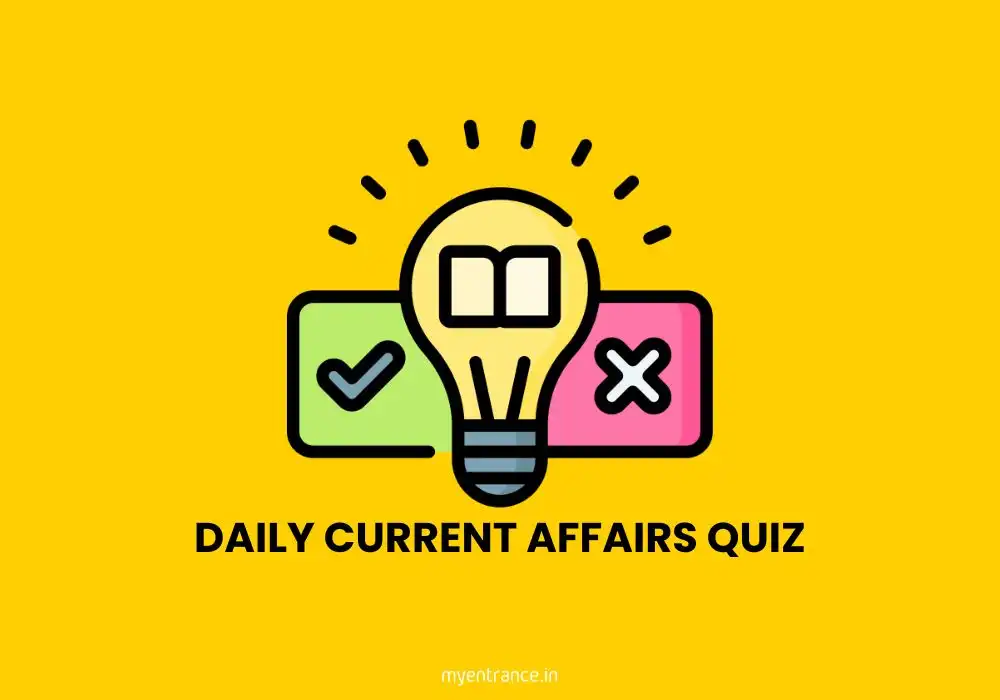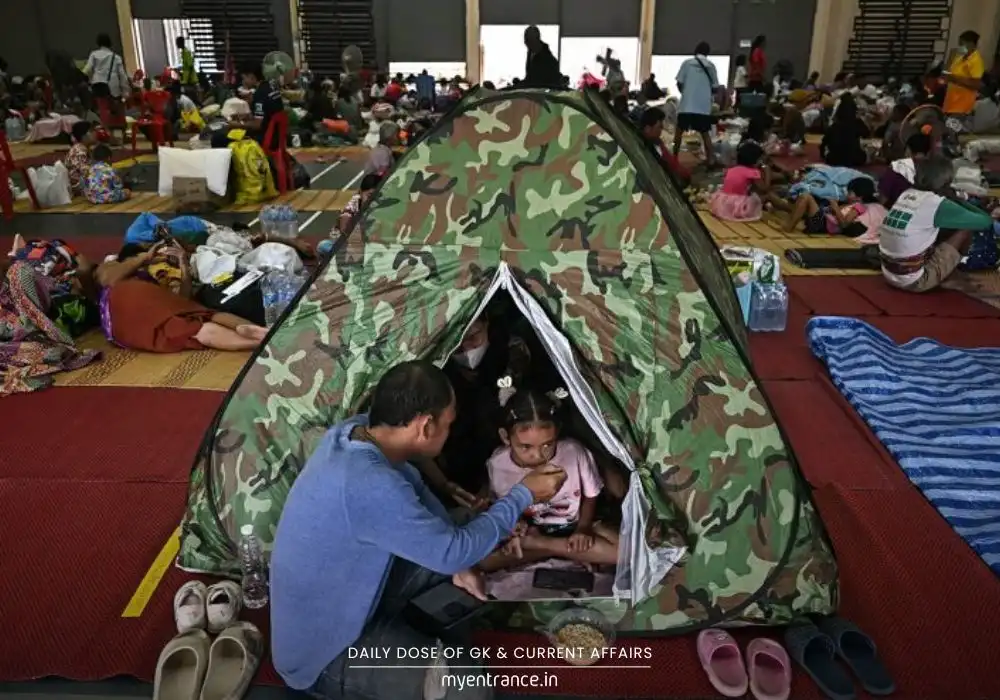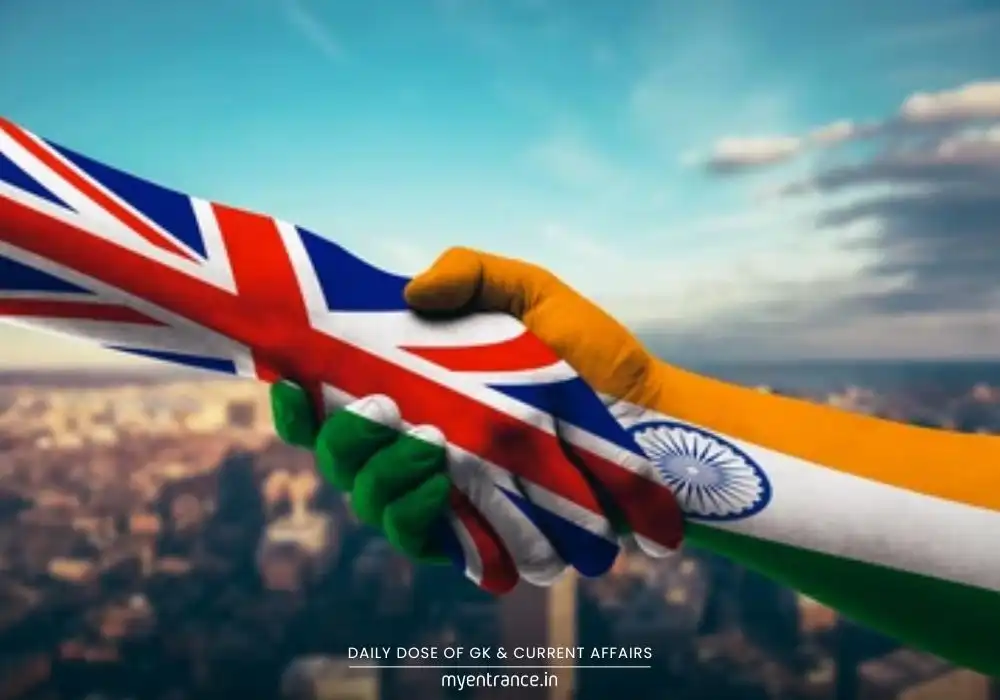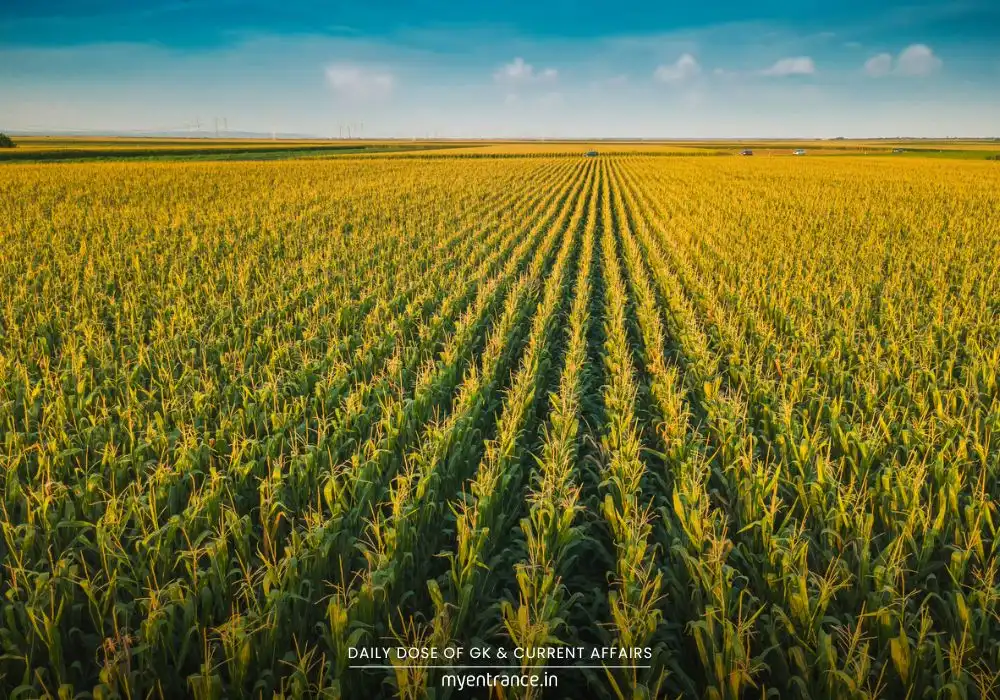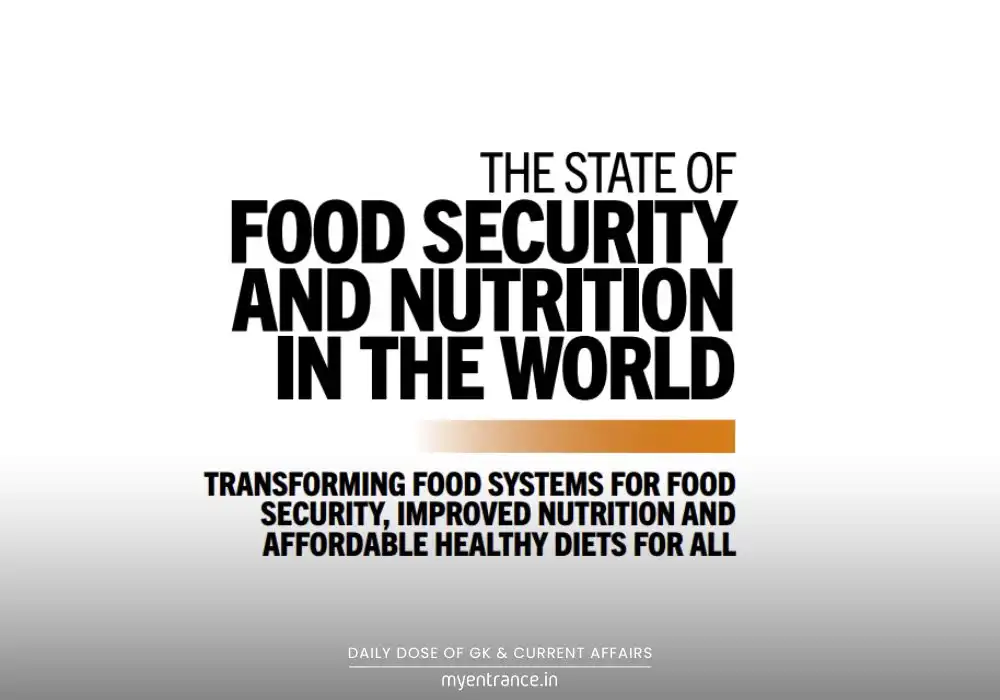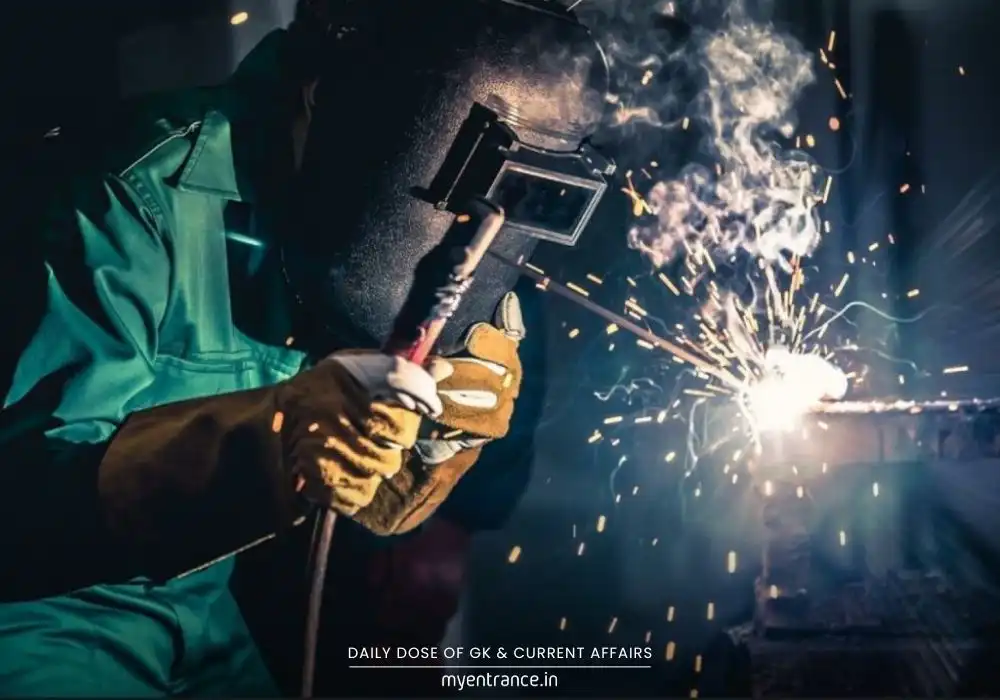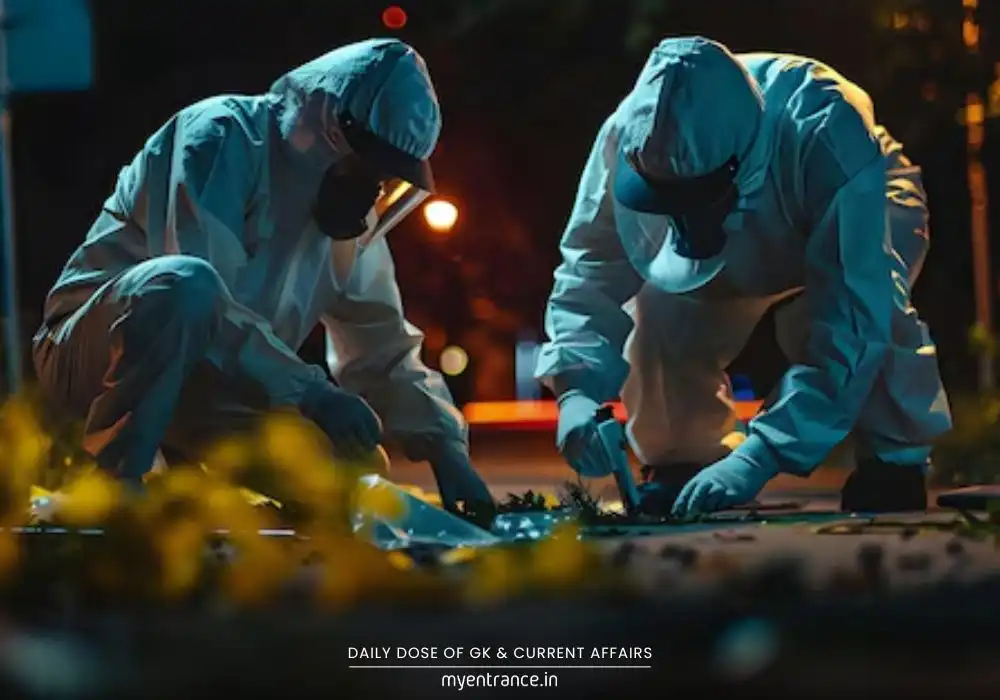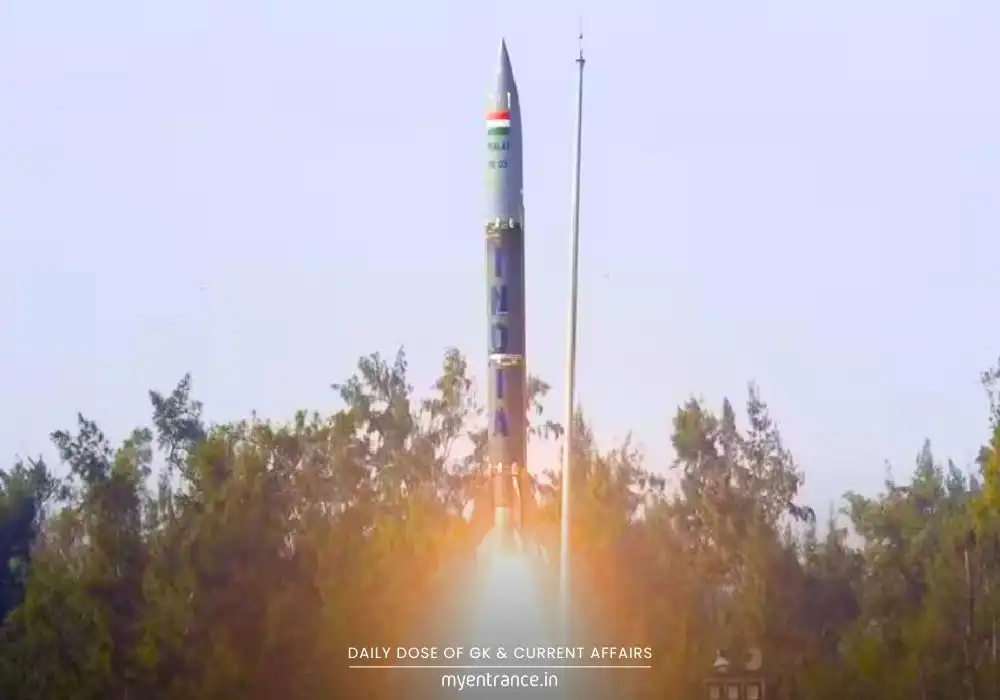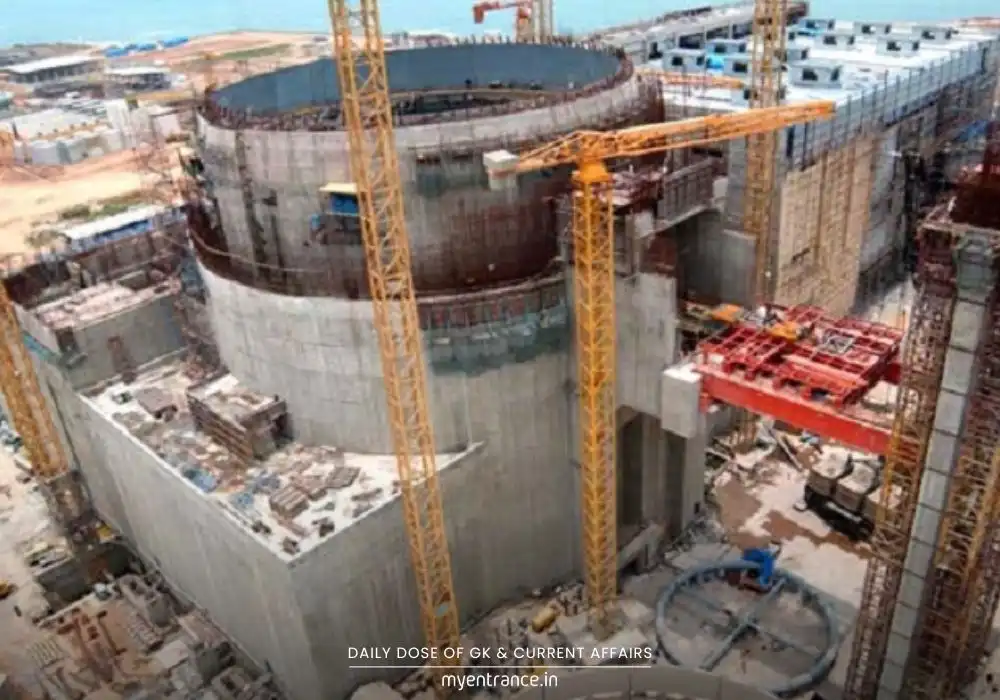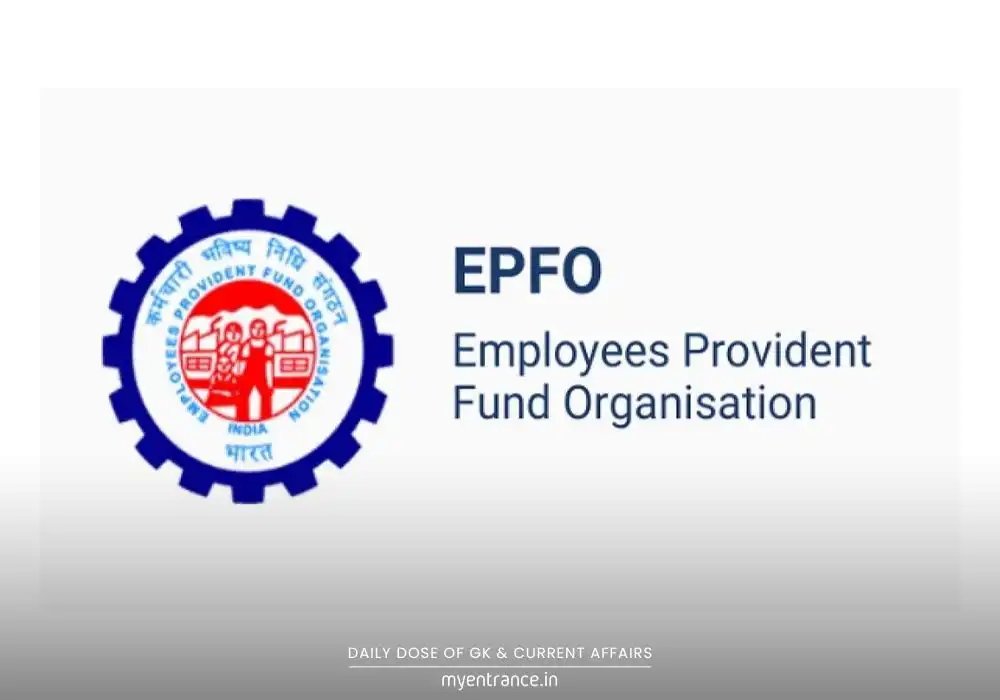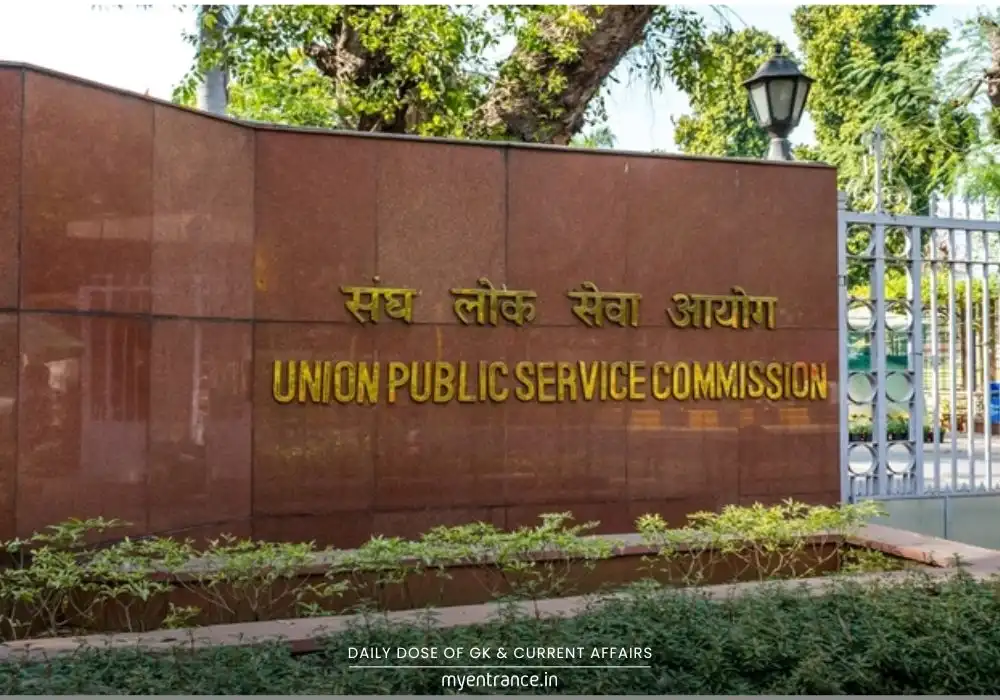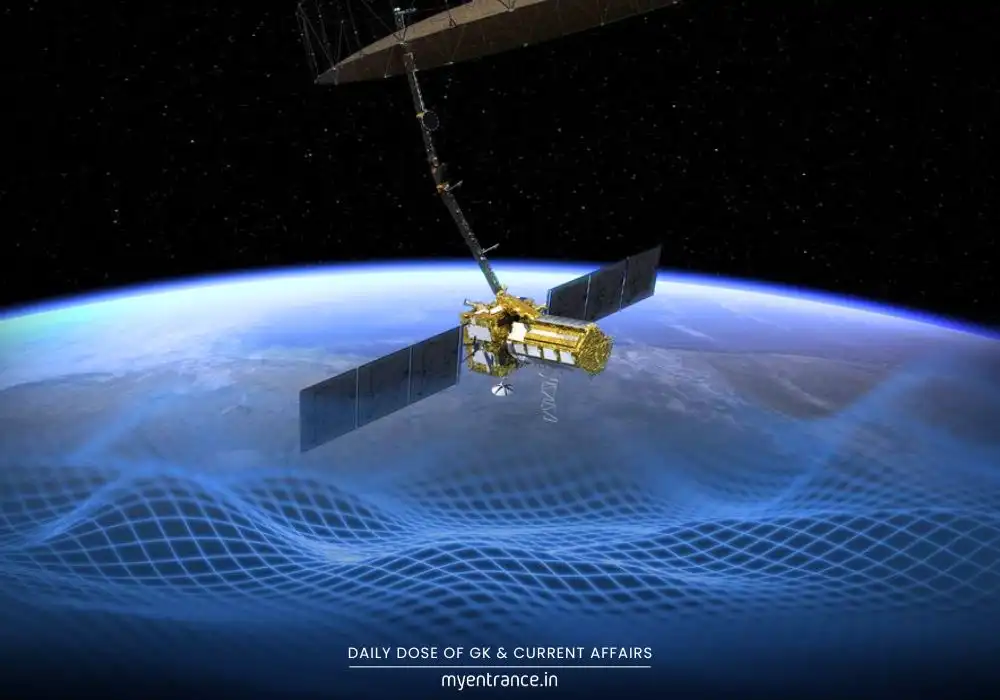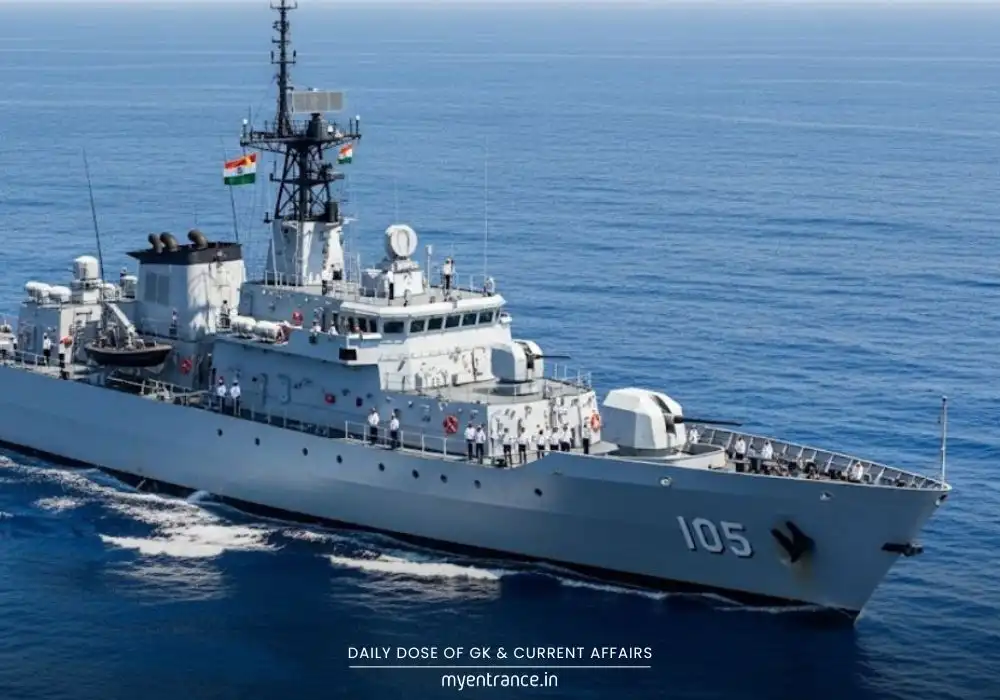Select Language
Could Today’s Global Tensions Spark Another World War? Lessons from 1914
Amid modern conflicts in Gaza, Ukraine, and US-China rivalries, the world feels eerily close to the volatile pre-WWI era. Let’s unravel how a single assassination in 1914 spiraled into history’s first global catastrophe – and why it matters for your exams.
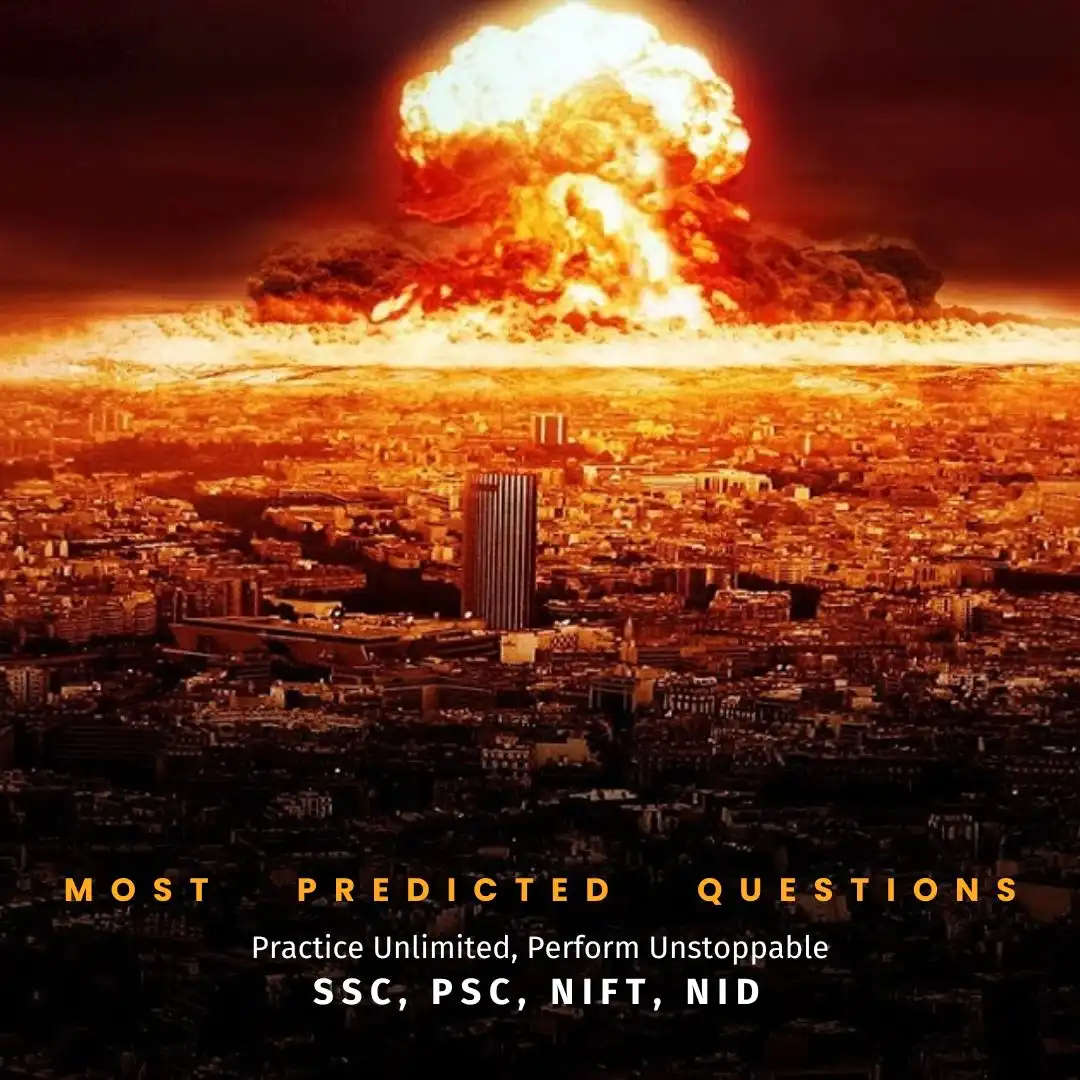
The Powder Keg Explodes
World War I wasn’t just a European affair – it was the planet’s first true global crisis. It erupted on June 28, 1914, when Serbian nationalist Gavrilo Princip assassinated Austro-Hungarian Archduke Franz Ferdinand. Within weeks, a domino effect of alliances dragged superpowers into war:
Austria-Hungary (backed by Germany) declared war on Serbia.
Russia mobilized to defend Serbia.
Germany then invaded France via Belgium, pulling Britain into the fray.
Empires Crumble, New Powers Rise
By 1918, four empires lay in ruins: Ottoman, Austro-Hungarian, German, and Russian. The armistice signed on November 11 at 11 AM wasn’t just symbolic – it birthed a new world order:
Non-European powers like the USA and Soviet Union emerged.
The Middle East was carved into British/French “mandates” (Iraq, Palestine, Syria).
“Balkanization” became reality as small nations replaced fallen giants.
Trench Warfare: Hell on Earth
The Western Front (France/Belgium) became synonymous with grueling trench warfare:
Soldiers faced mud, disease, and machine guns across no-man’s land.
Key battles like Verdun and Somme saw millions perish for mere kilometers of ground.
Technological limits defined the stalemate: tanks and air power were primitive, leaving infantry trapped.
India’s Forgotten Sacrifice
Over 1 million Indian soldiers fought for Britain in Europe, the Middle East, and Africa. Their legacy? The Delhi India Gate – a memorial to 74,000+ Indians who never returned.
From Versailles to WWII
The 1919 Treaty of Versailles sowed the seeds for future conflict:
Germany was forced to accept “war guilt” and pay crushing reparations.
Economic despair fueled Hitler’s rise and the collapse of the Weimar Republic.
The League of Nations (WWI’s peacekeeper) failed to prevent WWII just 21 years later.
Why WWI Still Echoes in 2024
The Balfour Declaration (1917) paved the way for Israel’s creation – central to today’s Middle East crises.
Russia’s resentment over its WWI losses mirrors its modern geopolitical ambitions.
Alliances like NATO trace their origins to pre-WWI power blocs.
Why This Matters for SSC, PSC & Design Exams:
GK Sections: WWI causes/effects are hot topics for SSC, State PSCs, and NID/NIFT general studies.
Essay Writing: Understanding historical patterns (e.g., how treaties cause future wars) builds critical arguments.
Current Affairs: Conflicts in Ukraine/Gaza are modern echoes of pre-WWI alliances and nationalism.
Design Exams: NIFT/FDDI often test historical awareness in GD/PI rounds (e.g., “How wars influence design?”).
Sample Exam Questions & Answers:
Q1: What immediate event triggered WWI in 1914?
Ans: The assassination of Archduke Franz Ferdinand by Gavrilo Princip in Sarajevo.
Q2: Name TWO empires that collapsed after WWI.
Ans: Ottoman Empire and Austro-Hungarian Empire.
Q3: How did the Treaty of Versailles contribute to WWII?
Ans: Its harsh reparations and “war guilt” clause humiliated Germany, fueling Nazi propaganda.
Q4: What was trench warfare’s key characteristic?
Ans: Soldiers fought from fixed, muddy ditches with minimal territorial gains and massive casualties.
Q5: Which Indian monument commemorates WWI soldiers?
Ans: India Gate in Delhi, honoring over 74,000 Indian troops who died.
Get 3 Months Free Access for SSC, PSC, NIFT & NID
Boost your exam prep!
Use offer code WELCOME28 to get 3 months free subscription. Start preparing today!
